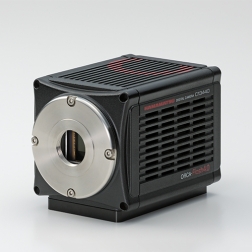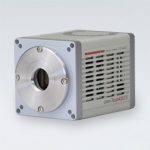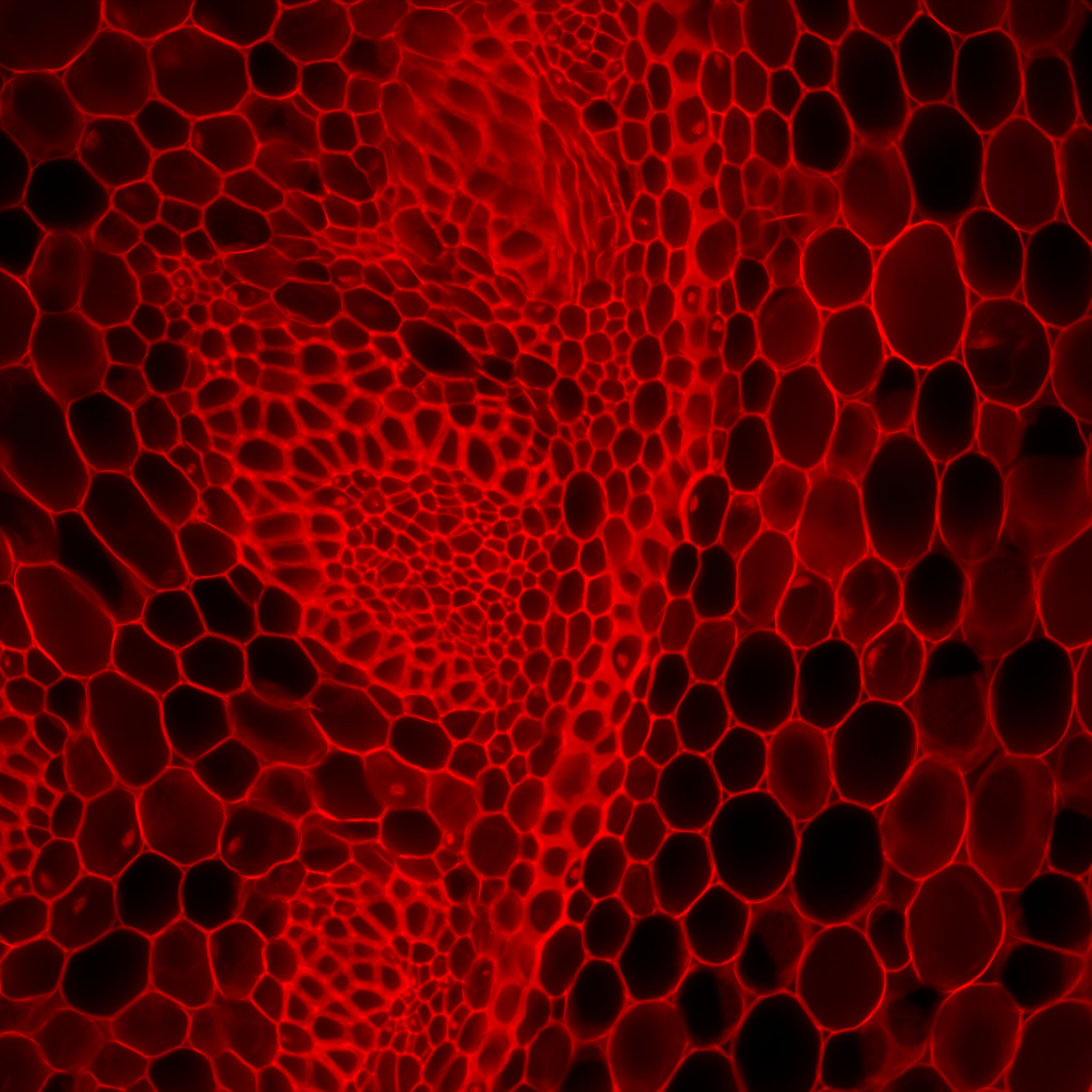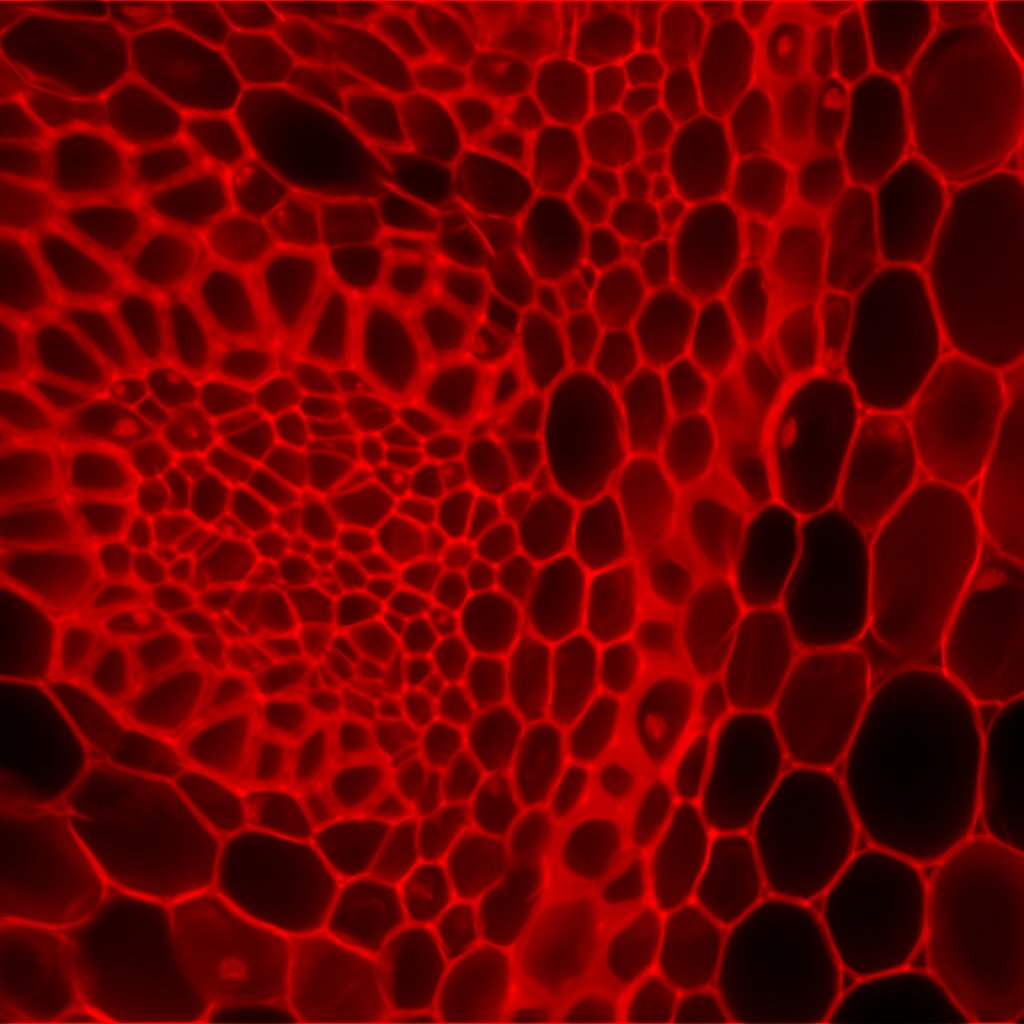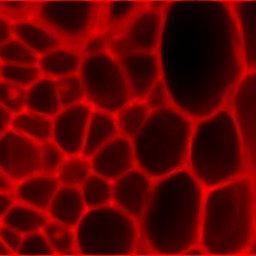ORCA-Flash4.0 LT3 & V3 digital sCMOS cameras, in a nutshell
Introduced by Hamamatsu in 2023, the ORCA-Flash4.0 LT3 gen2 sCMOS is a new camera for fluorescence imaging. The technology has been improved from it predecessor, the ORCA-Flash 4.0 which was released in 2011. It possesses the high level of performance needed for fluorescence imaging applications such as life science. In addition to basic research applications, it can also be integrated into various types of equipment.
The ORCA-Flash4.0 V3 gen2 scmos camera is an even more advanced scientific CMOS camera with slightly lower readout noise, higher speed (when using its Camera Link interface), and the revolutionary and patented Lightsheet Readout Mode. The ORCA-Flash4.0 V3 can handle a range of applications from taking beautiful scientific images to experiments that require detection, quantification and speed. The ORCA-Flash4.0 V3 is the precision instrument for imaging with on-board FPGA processing enabling intelligent data reduction, highly refined in-camera, pixel-level calibrations, increased USB3.0 frame rates, innovative triggering capabilities, patented light-sheet read out modes and individual camera noise characterization.
ORCA-Flash4.0 LT3 & V3 digital sCMOS camera, in more details
High SNR equivalent or better than BSI cameras
The graph below shows the comparison of readout noise distribution with the Gen II BSI (back-side illuminated) camera, showing that the ORCA-Flash4.0 LT3 gen2 scmos camera has more pixels with smaller readout noise. The ORCA-Flash4.0 LT3, with a low readout noise of 1.5 electron rsm, delivers high SNR that is similar or better than a BSI camera, especially in the low light range. This performance can be demonstrated in high quality multidimensional imaging, as typified by long time-lapse imaging with low excitation light with low photo-toxicity and photobleaching. The ORCA-Flash4.0 V3 achieves an even quieter readout noise, with 1.4 electrons rms in slow scan.

High-speed readout
Surpassing the 30 fps speed of the conventional ORCA-Flash4.0 LT+, the ORCA-Flash4.0 LT3 is capable of 40 fps readout, making it useful for applications requiring real time measurement with high temporal resolution.
The ORCA-Flash4.0 V3 achieves the same speed in USB3.0 and can reach up to 100 fps in full frame resolution using the Camera Link interface. This translates to a readout rate exceeding 419 MegaPixels per second.
Large field of view
With a wide field of view (13.312 mm (H) × 13.312 mm (V)), more information can be obtained in a single shot, contributing to higher throughput in experiments such as DNA chip reading.
Lightsheet Readout Mode [Patented]
In addition to the above features of the ORCA-Flash4.0 LT3, the ORCA-Flash4.0 V3 includes Hamamatsu’s patented light-sheet readout mode which uses sCMOS rolling shutter readout to enhance the quality of light-sheet images.
Lightsheet Readout Mode is a unique and patented feature of Hamamatsu sCMOS cameras which can improve signal to noise ratios in light-sheet microscopy.
For more information about the principle and features of Lightsheet Readout Mode, visit the Hamamatsu blog.
ORCA-Flash Applications
- 3D Imaging
- High-speed Ca2+ Imaging
- Multi-dimensional Imaging
- Ratio imaging
- FRET & TIRF & Super-resolution microscopy
- Time lapse fluorescence imaging
- Micromorphological observation
- Real-time confocal microscopy
- Fluorescence in situ hybridization (FISH)
- X-ray scintillator readout
Multi-dimensional Imaging
Super-resolution microscopy and TIRF

Hamamatsu Camera Line Up Catalog
White Papers about ORCA-Flash4.0:
- Synchronization & Triggering with the ORCA-Flash4.0 sCMOS Camera. Shelley Z. Branker & Mark Hobson. Hamamatsu. October 2013.
- Revisiting Gen I- & Gen II-sCMOS Cameras for Live-Cell Fluorescence Imaging. Hamamatsu. August 2013.
- ORCA-Flash4.0 Changing the Game. Stephanie Fullerton, Keith Bennett, Eiji Toda & Teruo Takahashi. March 2012.
Options for ORCA-Flash 4.0 V3:
- To operate the camera at full speed it is required to use compatible CameraLink frame grabber and cables which can be ordered along with the camera.
- This model can also be ordered to be compatible with Nikon F-mount lenses.
HCImage Live GUI:
HCImage Live software is included with the ORCA-Flash4.0 cameras and is supported under Windows 10, 8.1 & 7 (both 32-bit & 64-bit) OS. Software user guides can be download under the “Downloads” tab. More information regarding HCImage Live GUI software can be obtained at https://hcimage.com/hcimage-overview/hcimage-live/.
Other Software Compatibility:
The ORCA-Flash4.0 cameras can also be operated through Micro-Manager.

